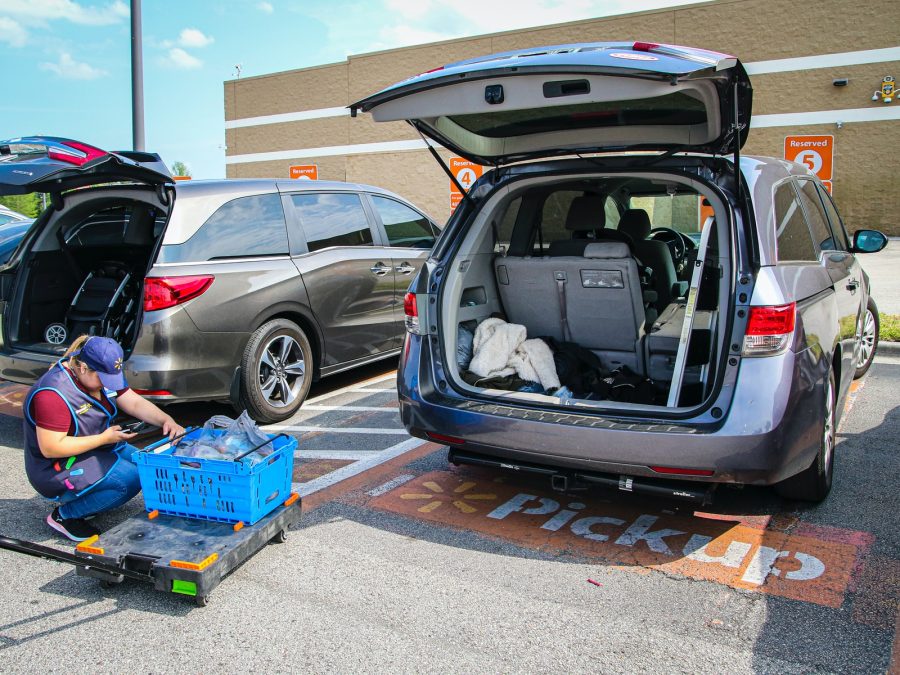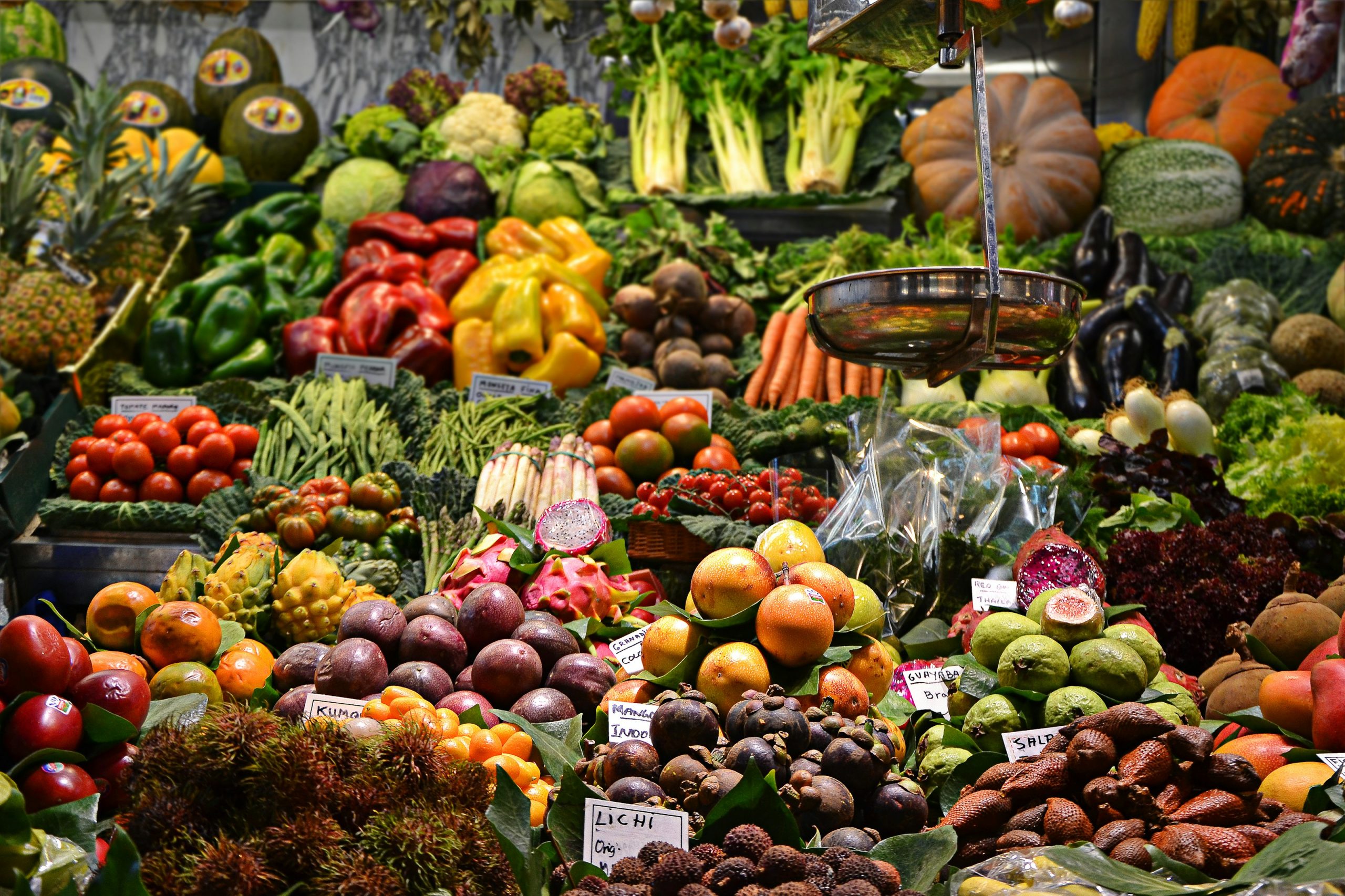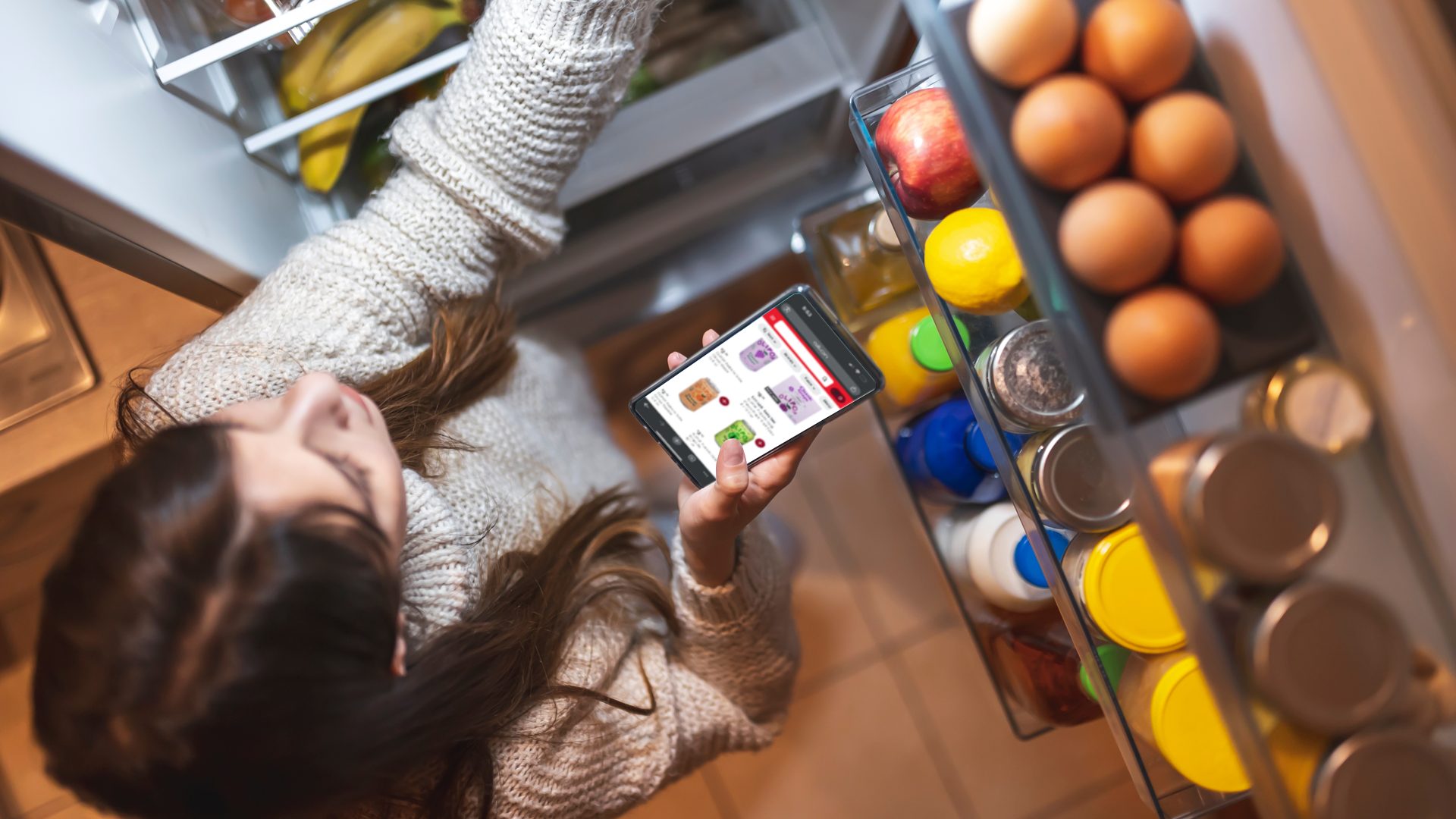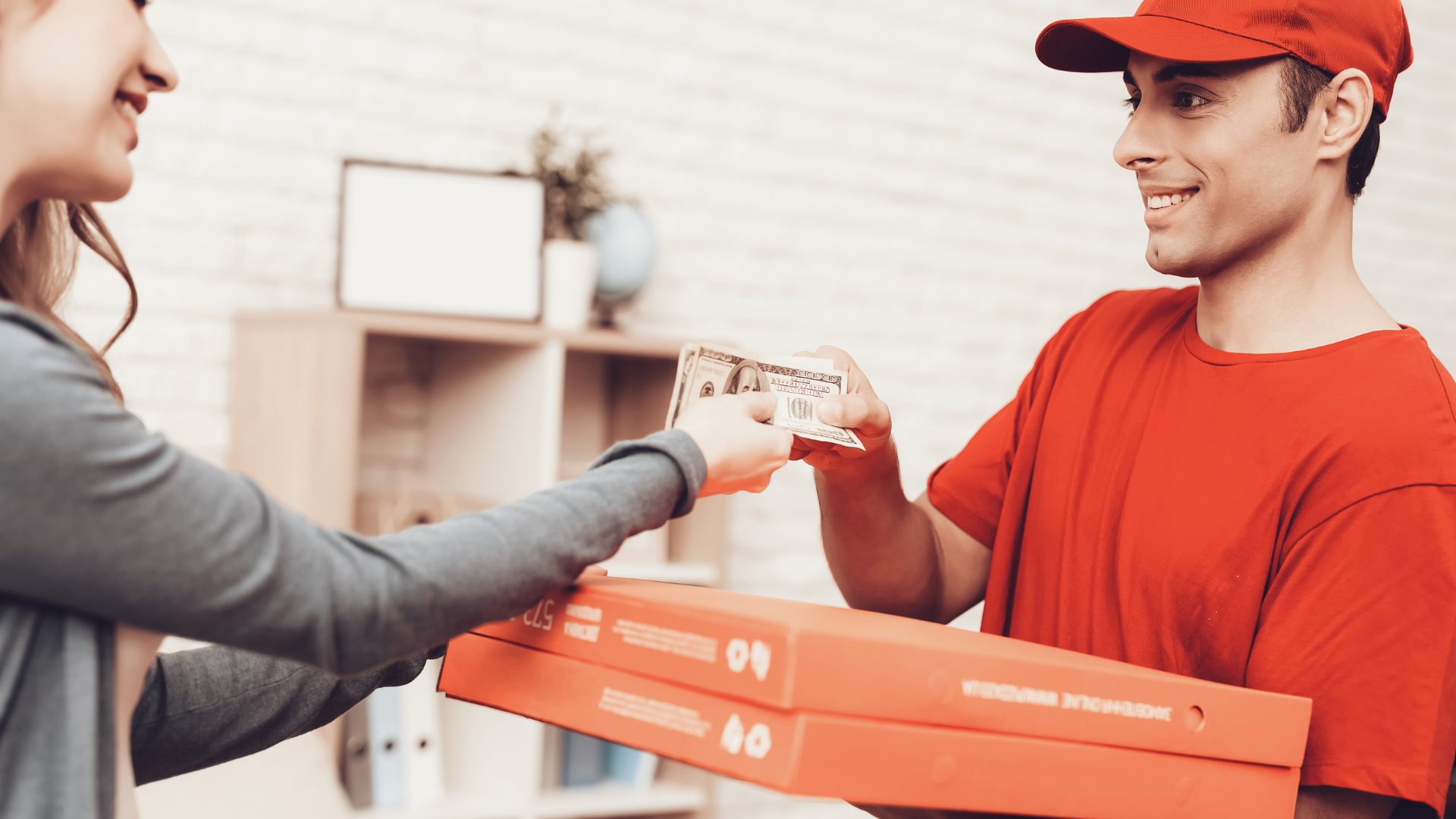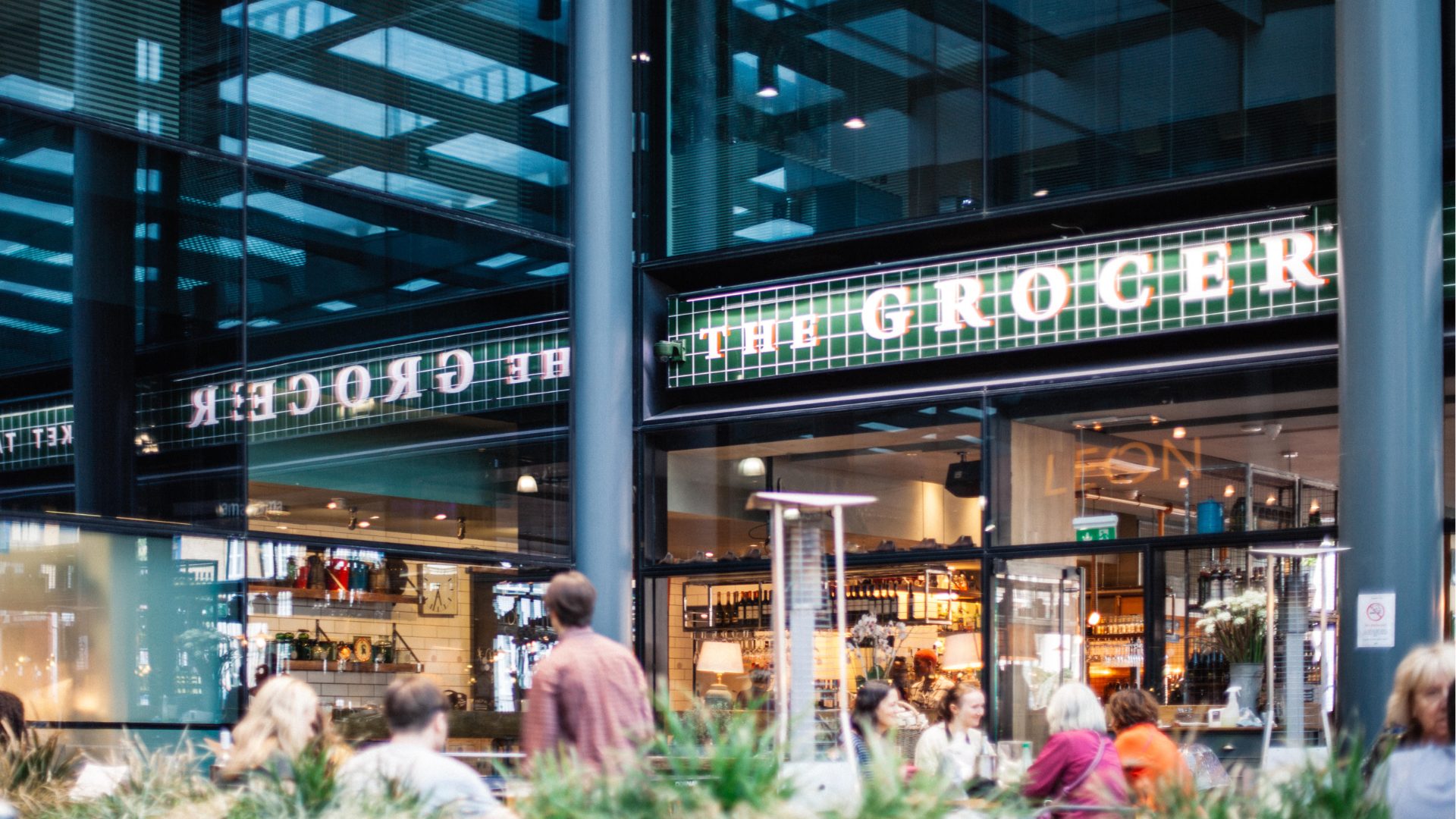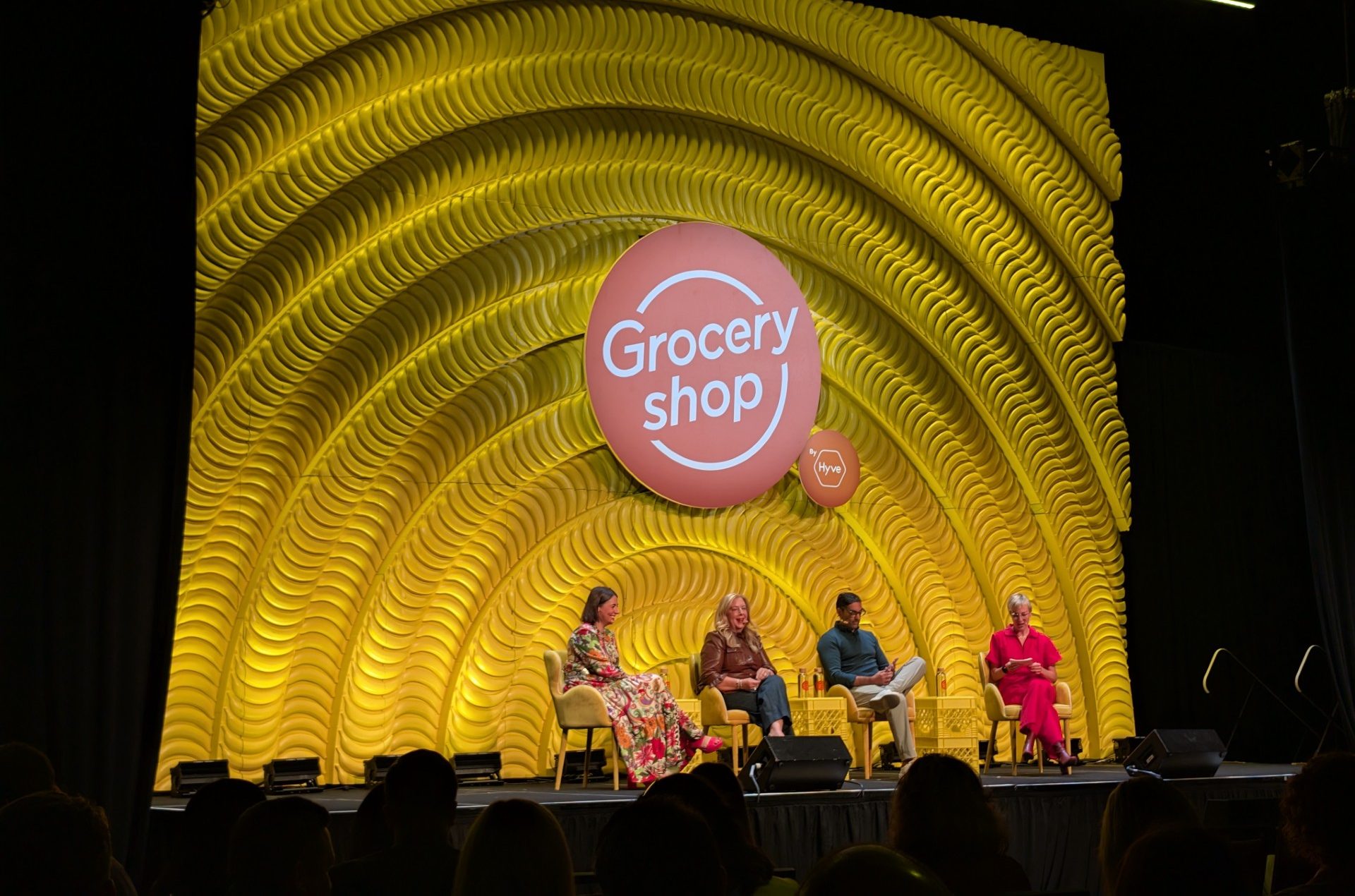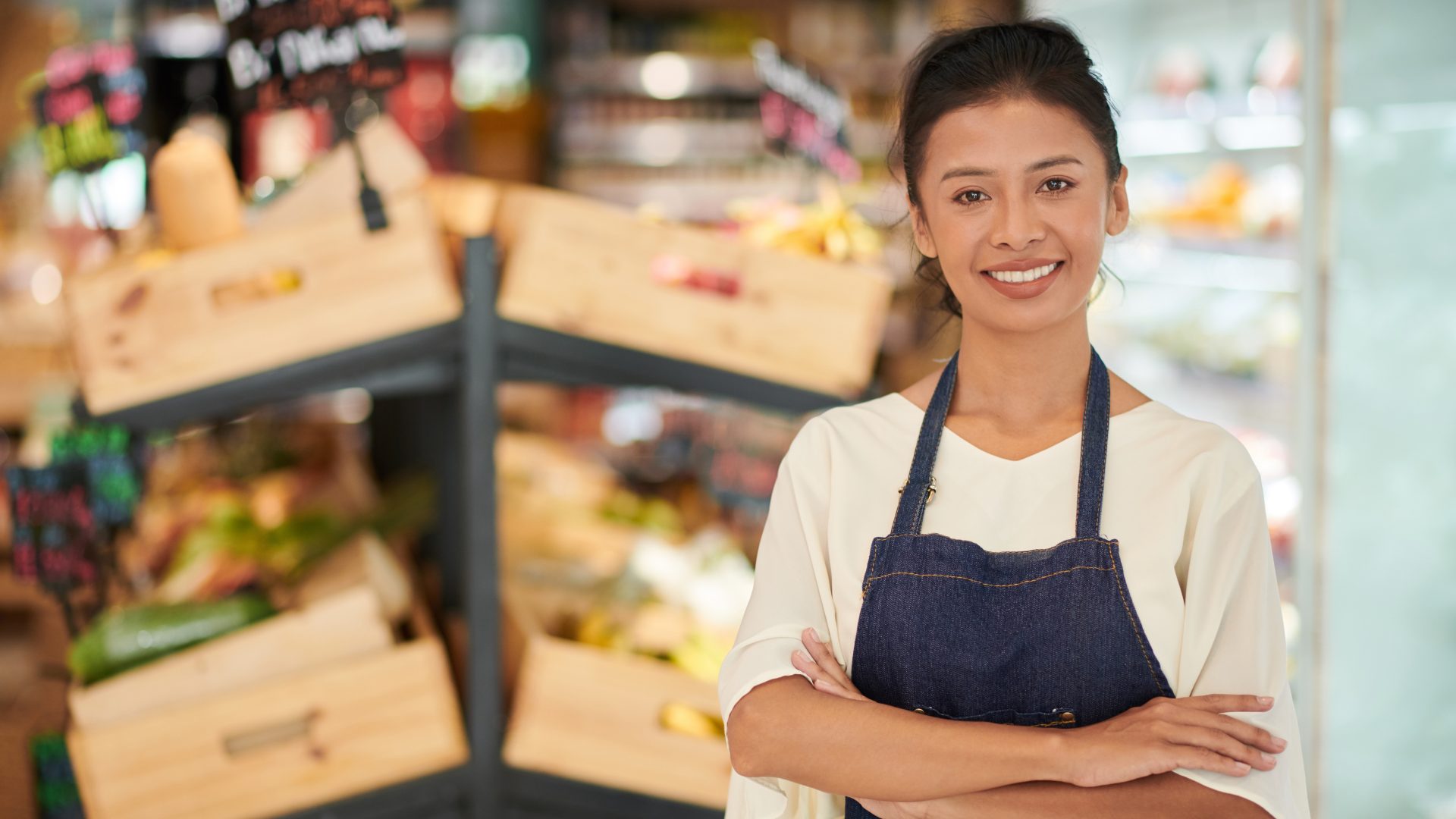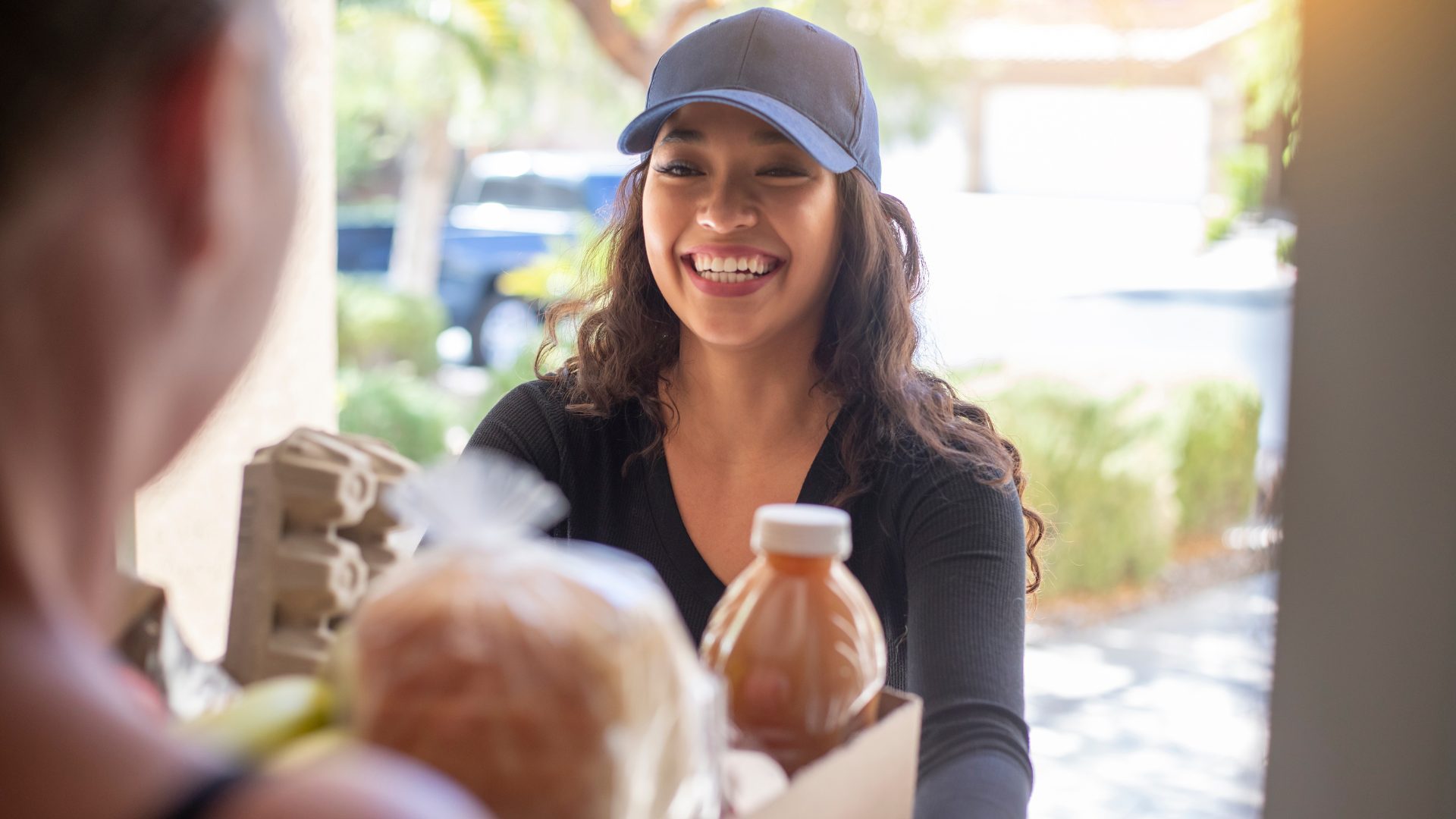While the food delivery market has garnered its fair share of headlines in recent months, pick-up remains a powerhouse for grocery e-commerce.
That’s according to Brick Meets Click partner David Bishop, who recently joined The Food Institute Podcast to discuss the splits between grocery delivery and pick-up, growing competition in the delivery space will affect the industry, and why grocers may opt for first-party delivery going forward.
Click Below to Subscribe
Pick-Up vs. Delivery
According to Bishop, grocery pick-up still outpaced grocery delivery by a 40% to 37% ratio as of December 2021.
Bishop added that before COVID-19, many customers turned to online grocery shopping for hard-to-find items and favorites. Amid the pandemic, he said, delivery and pick-up have become much more attractive for a much larger portion of the market.
Also, Bishop noted that some urban regions saw grocery delivery become more popular than grocery pick-up for the first time in December, a major development “because the lion’s share of the U.S. populations sits in those large metro markets.”
Growing Competition in the Delivery Space
Overall, Bishop sees “15-minute” or “rapid” delivery companies encroaching on convenience store and mass-channel drug operators, and expects grocery operators to be somewhat insulated from the changes stemming from this fast-growing delivery category.
“The economics don’t support it from a grocer standpoint. I think the value proposition from the consumer standpoint wouldn’t position grocers as the natural place where 15- and 20-minute [delivery] would really dominate,” he said.
Going First-Party
Bishop noted some of the uncertainties surrounding the gig worker economy and general labor situation were likely giving conventional grocers food for thought regarding partnerships with third-party delivery companies.
He said that online grocery includes three spheres: ordering, assembly, and distribution, noting that distribution offers the least control when utilizing a third-party delivery company. He offered an example of how most third-party delivery workers don’t have vehicles with different temperature zones.


